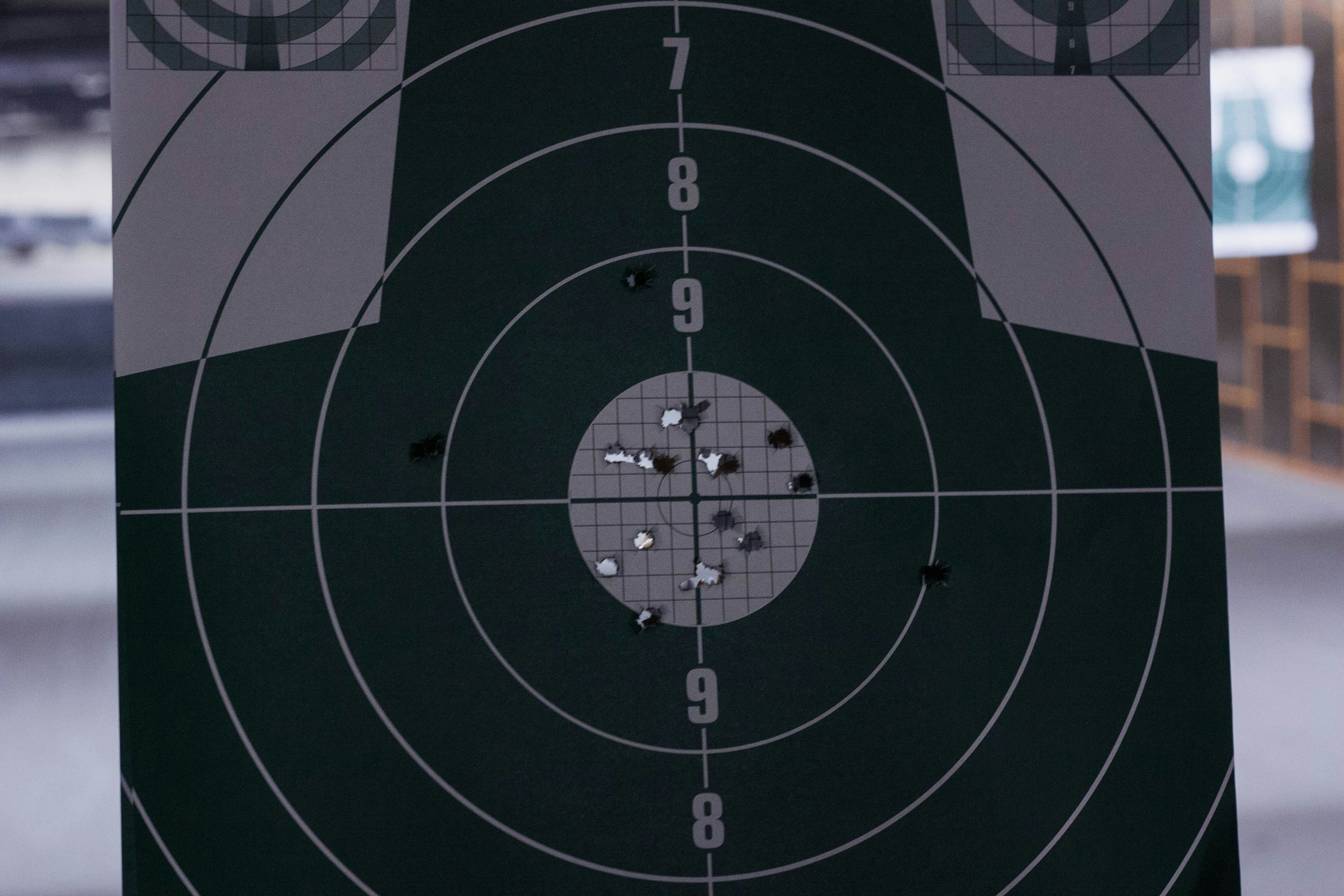Scopes for Beginners
You woke up one morning and bought yourself a nice rifle… now you realize you need an optic to match it. What next?
The type of “glass” you stick on your rifle will really depend on what you plan to do. There are 4 general categories we can split into: Red Dot Sights (RDS), Fixed Power or Prism Optics, Low Power Variable Optics (LPVO), and Higher Powered Variable Optics.
All you see is RED!
Red dot sights are phenomenal for plinking and closer range shooting, especially when you want to shoot run and gun style competitions. They are great for target focused shooting allowing you to keep your eyes open. They make it a lot easier to shoot faster by making it easier to aquire your target. They are very forgiving with your head and eye position. As long as you see the dot, the shot should be accurate.
The way they work is simple, there is a laser emitter and a reflective piece of glass. You see the red laser dot projected onto the glass lens, and superimpose that onto your target.
PRISMS. Man, how do they work?
A prism based optic has a literal prism inside of it. A magnifying piece of glass that is shaped to reflect light. The nice thing is the reticle (your point of aim) is etched into the glass, and works with or without a power source. The battery usually provides additional illumination.
Unlike red dots, these will provide you some level of fixed magnification (only one level) which also means you will have to position your head correctly to be able to use the optic effectively.
In a galaxy far, far away…. Scopes
Low power variable optics (LPVO) and higher power variable optics really only differ in use case. LPVOs are great for that close to mid range shooting you might see in competition and some hunting. You can bring these optics down to a 1x magnification and move it back through high magnifications to get those further shots.
A higher power rifle scope is crucial to enhancing accuracy and precision for long distance shooting.
In both cases there are some things to wrap your head around.
Eye Relief, and no that isn’t the feeling of staring at your beautiful new gun. Its the distance from the scope to your eye, and is a critical factor in ensuring safety and comfort. Proper eye relief allows for a clear and complete view through your scope, but also prevents the dreaded scope eye (an injury from recoil).
Parallax isn’t some Marvel villain; glass lenses can only provide a clear image at a specific distance. There is a parallax knob (much like on your binoculars) that can focus the scope for clarity at each desired distance.
Windage & Elevation knobs are used to calibrate your optic. All of the aforementioned optics will have some sort of windage and elevation adjustment to “zero in your scope”. Windage will adjust left and right, while elevation adjusts for up and down.
HOCUS FOCUS! Scope magic
Scopes also have two focal planes, each of which the reticle can sit behind. They key difference is use case.
First focal plane optics: the reticle changes size with magnification, meaning your hash marks or subtensions are accurate at any magnification. This is phenomenal for long distance shooting as it allows for increased accuracy and precision, and makes it easier to adjust for external conditions easily.
Second focal plane optics: the reticle maintains a constant size regardless of magnification. This means the subtension hash marks are only useful at one magnification (usually the highest). The reticle and subtensions are usually easier to see, making these great for closer range shooting and for hunting at most ethical ranges.
WHAT NOW?
Picking the right kind of optic to mount to your gun really depends on the type of shooting you’re going to do and at what range. RDS and Prism Optics are great for close range and relatively quick shooting, LPVO bridge the gap, and higher power scopes will be better for longer distances. Often a nice 3-9x scope will cover you for all your hunting needs and is a nice starting place with optics ranging from cheap to eye-wateringly expensive..We always say ‘buy once, cry once’ (within reason). You can always take a nice optic and move it to a new gun (or even sell it) if you ever decide to upgrade.




